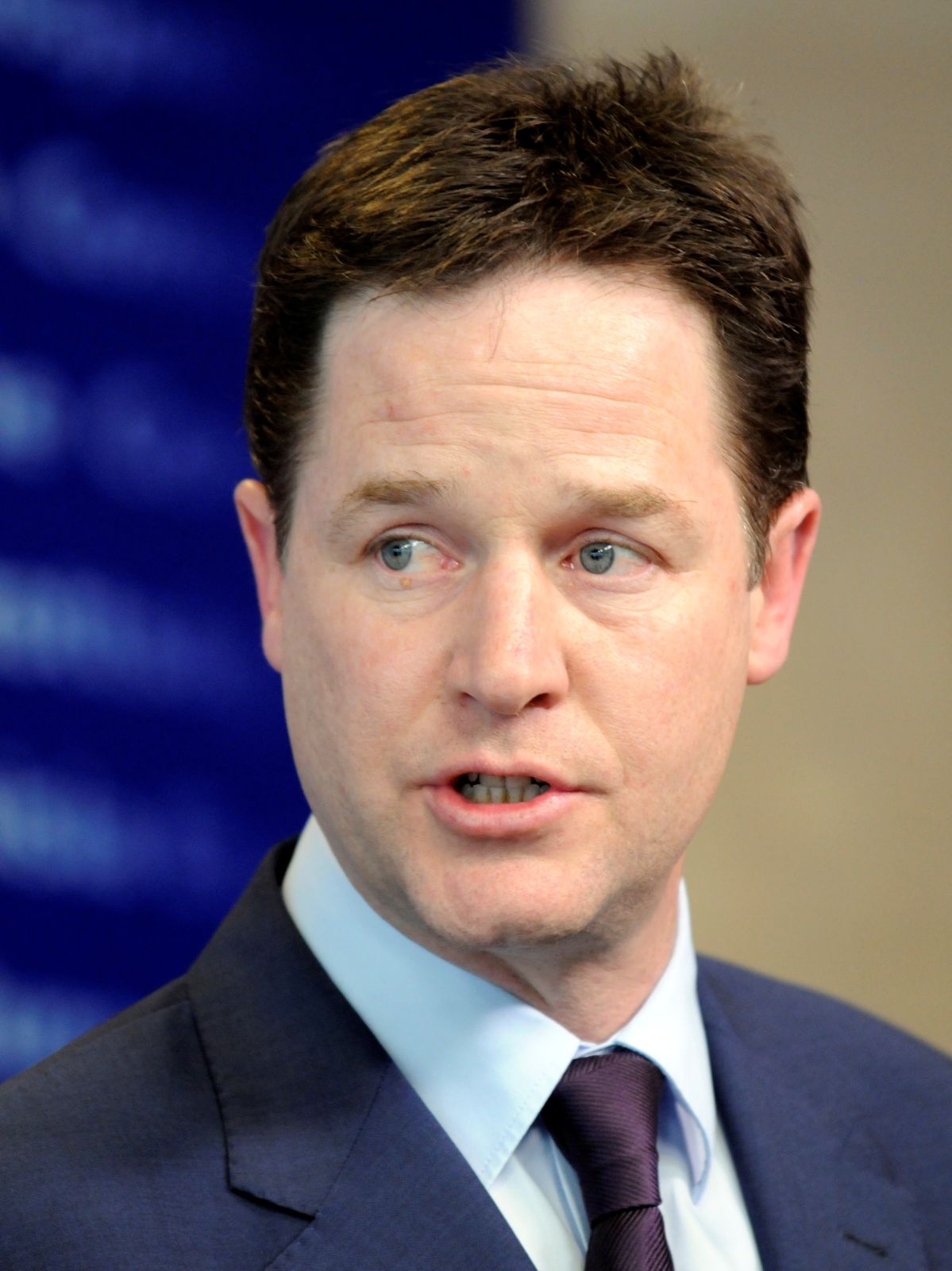Introduction
In the contemporary technology landscape, an AI market correction represents a concrete threat according to leading experts. Nick Clegg, former British Deputy Prime Minister and Meta policy leader, warned that the probability of a correction in the artificial intelligence sector is "pretty high." The AI market is characterized by "crazy" valuations and an incessant flow of speculative deals, hallmarks of a potential bubble.
The Context of the AI Boom
The artificial intelligence industry is experiencing unprecedented deal activity. "There's just absolute spasm of almost daily, hourly, deal making," Clegg told CNBC during "Squawk Box Europe." While this frenzy signals massive interest, it masks underlying risks tied to valuations untethered from solid fundamentals.
Unsustainable Valuations and Massive Investments
The sustainability of an AI market correction hinges on whether major hyperscalers can recoup colossal infrastructure investments. These companies are pouring hundreds of billions into building advanced data centers. The critical question remains: can they prove sustainable business models long-term?
The Challenge of LLM Paradigm Sustainability
Clegg raised fundamental doubts about the paradigm itself: Large Language Models (LLMs). "I think there are certain limits to that probabilistic AI technology, which means that it won't perhaps be quite as all singing and all dancing as people suggest," he stated. This doesn't mean AI disappears, but that current expectations may be excessively optimistic.
"There are certain limits to that probabilistic AI technology, which means it won't perhaps be quite as all singing and all dancing as people suggest."
Nick Clegg, Former Meta Executive
Superintelligence vs. Practical Utility
Many tech leaders, including SoftBank's Masayoshi Son and Meta's Mark Zuckerberg, pursue "artificial superintelligence" — where AI surpasses human intelligence. However, Clegg suggests this vision may be overly ambitious. Real AI adoption will follow longer timelines than Silicon Valley promises.
Historical Lessons from Previous Bubbles
History offers instructive precedents. During the dot-com bubble, companies like Amazon and Google survived and thrived despite market correction. This proves a bubble in AI doesn't necessarily mark technology's end, but rather its restructuring.
The Role of Entrepreneurial Natural Selection
Venture capital wisdom holds that the best companies emerge during funding contractions. When capital is scarce, investors demand stricter metrics and founders operate more efficiently. Those achieving more with less funding typically outlive competitors.
The Time Factor: Slower AI Adoption
One often-underestimated element is the actual pace of technology adoption. Clegg highlighted that "people in Silicon Valley assume that if you invent a technology on Tuesday, everybody's going to use it on Thursday. It's not actually how it works at all." Desktop computing took 20 years from technical feasibility. AI may follow a similar trajectory, varying by sector and nation.
"The pace is the thing to look out for. It might be just a little bit slower than some of the technologists themselves are predicting."
Nick Clegg, Policy Leader
Low-Hanging Fruit vs. Mass Adoption
Immediate AI applications where value is clear exist — so-called "easy wins." However, widespread adoption will proceed more slowly. This gap between promises and operational reality represents another valuation risk factor for current tech stocks.
Conclusion
Nick Clegg's warning about an AI market correction doesn't represent an apocalyptic judgment on technology itself. Rather, it emphasizes realism about timelines and valuations. AI is here to stay and will transform every industry — but probably not on today's promised schedules. Investors, entrepreneurs, and policymakers should consider a scenario where growth remains significant but less explosive than current expectations, and where market correction represents a natural maturation phase, not industry failure.
FAQ
What is an AI market correction?
A correction is a market value decline when valuations no longer reflect actual fundamentals. For AI, this would occur if tech companies fail to demonstrate capacity to recoup billions invested in data center infrastructure.
Will an AI market correction mean the failure of artificial intelligence?
No. Market correction doesn't signal technology's end. Amazon and Google survived the dot-com bubble and grew further. AI is real technology with lasting impact, independent of valuation fluctuations.
What are the signs of a potential AI market bubble?
Clegg identifies "crazy" valuations, relentless speculative deal flow, massive investments without clear business models, and potentially unrealistic superintelligence expectations. These factors suggest systemic overvaluation.
How long will widespread corporate AI adoption take?
Historically, new technologies require decades for universal adoption. Desktop computing took 20 years. AI will likely follow a similar trend, varying by sector and geography, contradicting optimistic short-term forecasts.
Are Large Language Models (LLMs) really as superior as promised?
According to Clegg, intrinsic limits exist in probabilistic AI models. They may not be "all singing and all dancing" as people suggest, but remain valid technologies with significant transformative effects, though perhaps less radical than current expectations.
